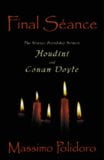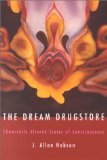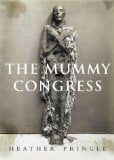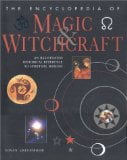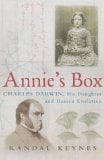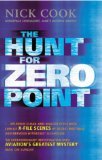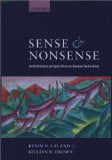 Inventing the Victorians
Inventing the Victorians
by Matthew Sweet
Faber and Faber, £16.99, ISBN 0571206581
Opium, sex crime and serial killers aren’t usually the first things that spring to mind when anyone mentions Victorian values. But Matthew Sweet’s book argues that the Victorians may not have been as straight-laced as we’d like to think.
Sweet takes a skeptical look at our ideas about the Victorians, and reveals the truth behind the myths. Victorians did not drape piano legs in chintz to save their modesty, nor were Victorian ladies advised to “lie back and think of England”.
Even their restrictive rules of etiquette make sense once you know the reasons behind them. Victorian readers enjoyed reading about the exploits of serial killers, and best-selling sensational novels of the time featured bigamous, murderous heroines who would not be out of place in a modern thriller. Victorians invented the mass-production of pornography and enjoyed freak shows, whose star performers earned a fortune even by modern standards. Sweet aims to rescue the Victorians from “the enormous condescension of posterity.” Unlike many academic books, this is immensely readable and vastly entertaining. Even his most controversial statements are backed up by an impressive amount of facts, and I can’t fault his extensive research.
This fascinating and thought-provoking book is well worth reading. Who would have thought the Victorians had so much fun? As Sweet comments, “If Queen Victoria wasn’t amused, then she was in a very small minority.”

